This is an activity within the framework of the Gia Lai Province Ethnic Cultural Heritage Festival 2025. The event attracted the attention of many people and tourists.
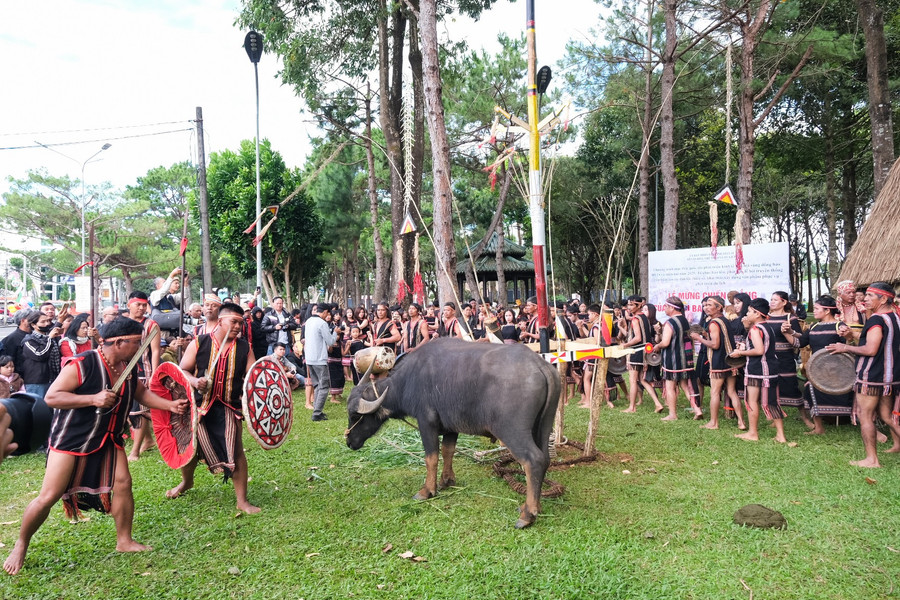
The festival is recreated in the middle of the square's green space. A traditional communal house made of natural materials was built by artisans beforehand, with wooden statues and buffalo poles placed in front - familiar symbols of the festival. The space seems to recreate the heroic spirit of the community after each time overcoming natural disasters and enemies.
Before the offerings, jars of wine and a large buffalo - the obligatory sacrifice, village elder Ayo prayed to invite the yang: mountain god, water god, and earth god to witness the ceremony. His prayer echoed in the sacred space: praying for favorable weather, bountiful crops, flourishing livestock and plants, and prosperous villagers.
This is also an occasion for the Bahnar people to fulfill their promise to repay the gods after overcoming disasters and difficulties.
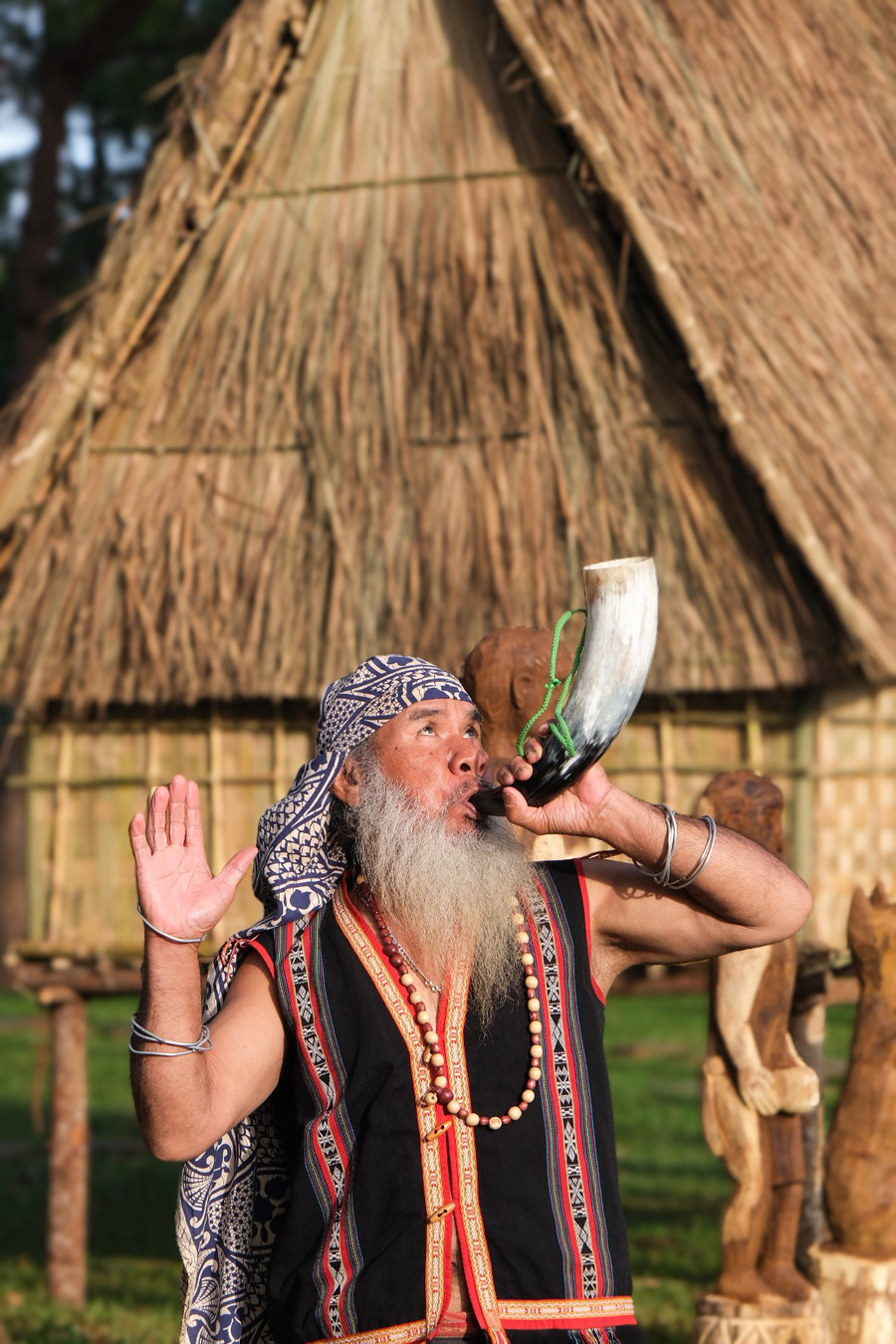
As soon as the village elder's prayer ends, the Gun artist blows a long horn to symbolize the spirit of victory, while also arousing the spirit of solidarity and community strength.
The gong and xoang team enthusiastically plays the gong rhythm of the song “Buffalo Stabbing”. This is also an important and sacred ritual of this festival. However, in the re-enactment, the buffalo stabbing ritual is only symbolic of the sacrificial animal.
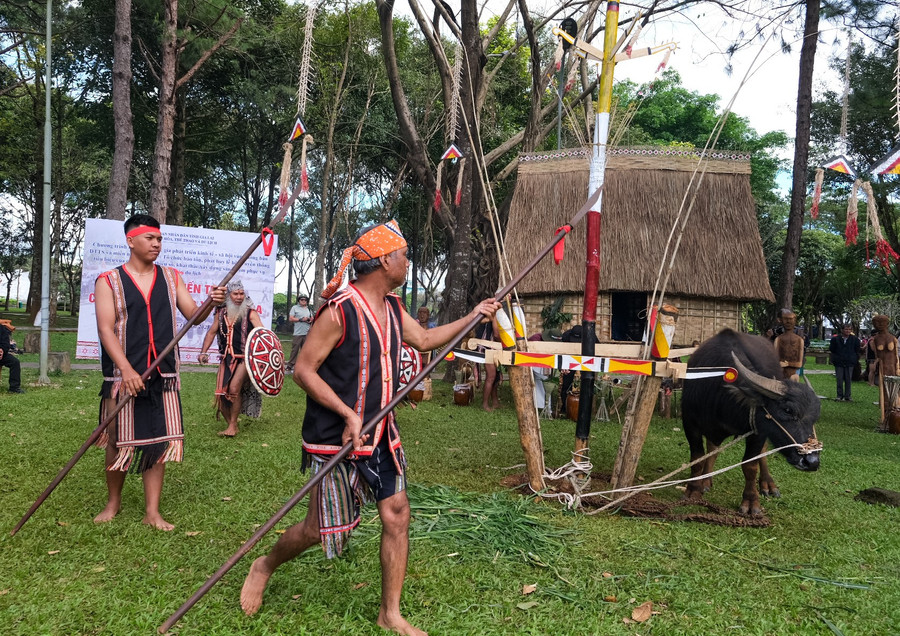
Leading the way are four strong warriors, two holding spears and two holding shields, who walk to the beat of the gong while reenacting the spear-throwing and shield-dancing movements - symbols of the community's achievements and aspirations for victory.
With the sound of gongs ringing around the pole, the village elder Ayo performs a “magic” ritual: using leaves to sprinkle wine mixed with chicken blood on everyone. People believe that the drops of wine mixed with the blood of the sacrificial animal will help bring strength and peace to overcome challenges in life and will continue to have “new victories” in the following festival season.

Village elder Ayo said: “Today, people can rely on weather forecasts to proactively respond to droughts or floods, avoiding crop damage. But in traditional Central Highlands society, the harsh fluctuations of nature are explained by spirituality and the greatest wish of agricultural residents is always favorable weather.”
"Therefore, the victory celebration is not only a festival after defeating the enemy, but also a joyful occasion when people overcome the challenges of nature and working life," said old Ayo.

Unlike traditional seasonal rituals such as eating new rice or abandoning graves, which are usually held annually, the victory celebration is held every five years. This ritual has the meaning of summarizing and evaluating the results of labor and solidarity of the community during "a term".
Celebrating victory is one of the typical rituals of Bahnar culture in particular and the Central Highlands in general, which was restored for 3 days (November 21 to 23).
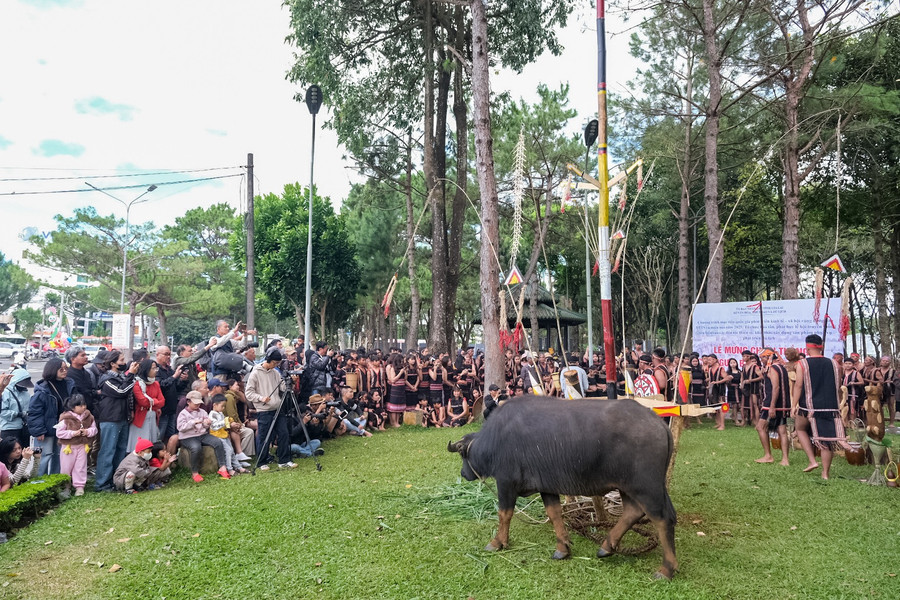
This activity not only creates opportunities for people, photographers and tourists to experience the heritage but also contributes significantly to preserving and promoting the value of the Central Highlands Gong Cultural Space - a representative intangible cultural heritage of humanity.
Mr. Nguyen Xuan Tuyen - Chairman of the Gia Lai Province Vietnam Photographic Artists Association - shared: "This is an extremely unique ritual in the Central Highlands culture. We hope that through photography, the special value of the gong cultural space will be spread more strongly to domestic and international friends."
Source: https://baogialai.com.vn/nguoi-bahnar-tai-hien-le-mung-chien-thang-giua-long-pho-nui-post573099.html












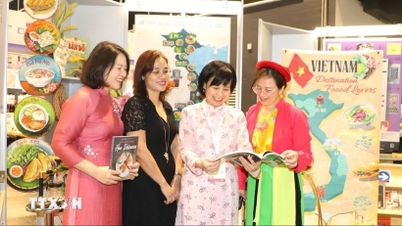





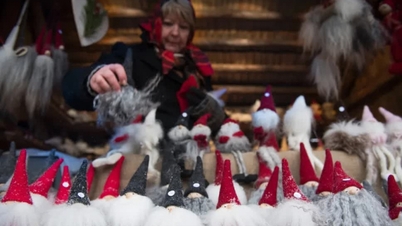






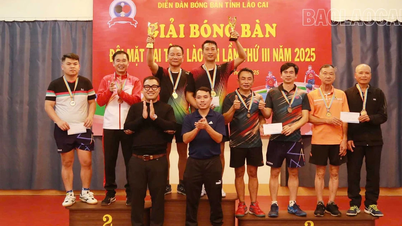









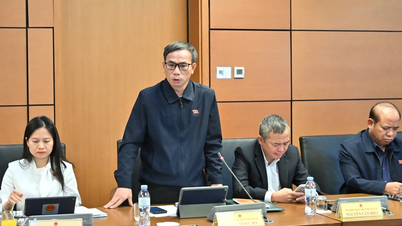
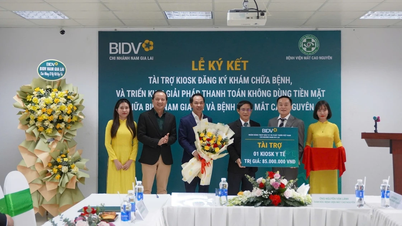

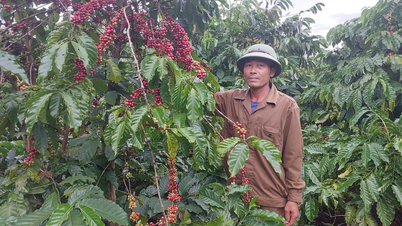
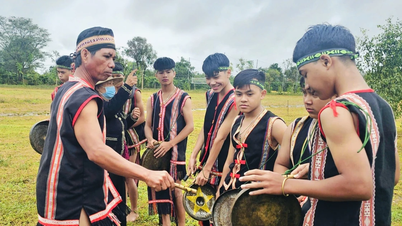
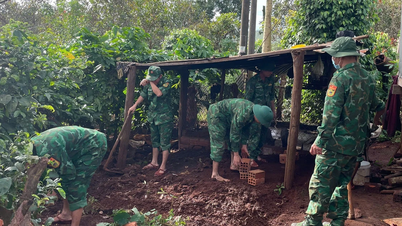







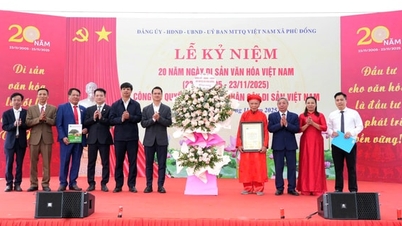






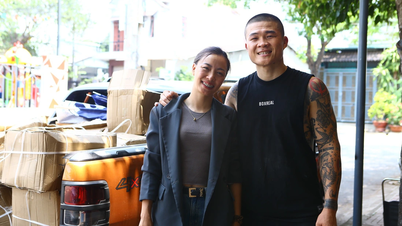





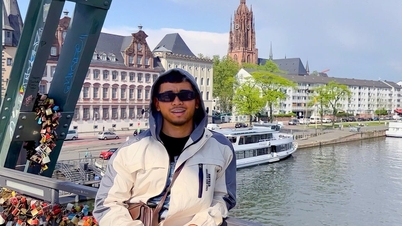

















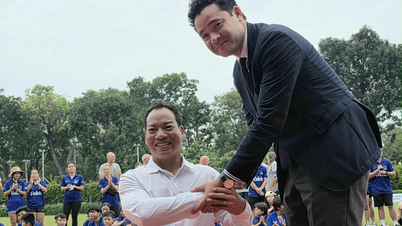





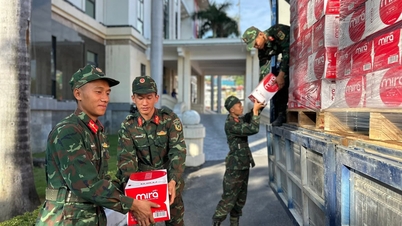











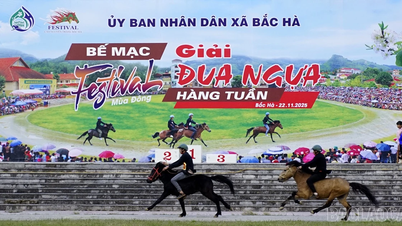




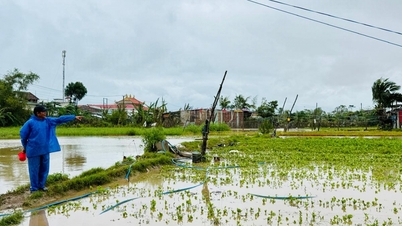














Comment (0)